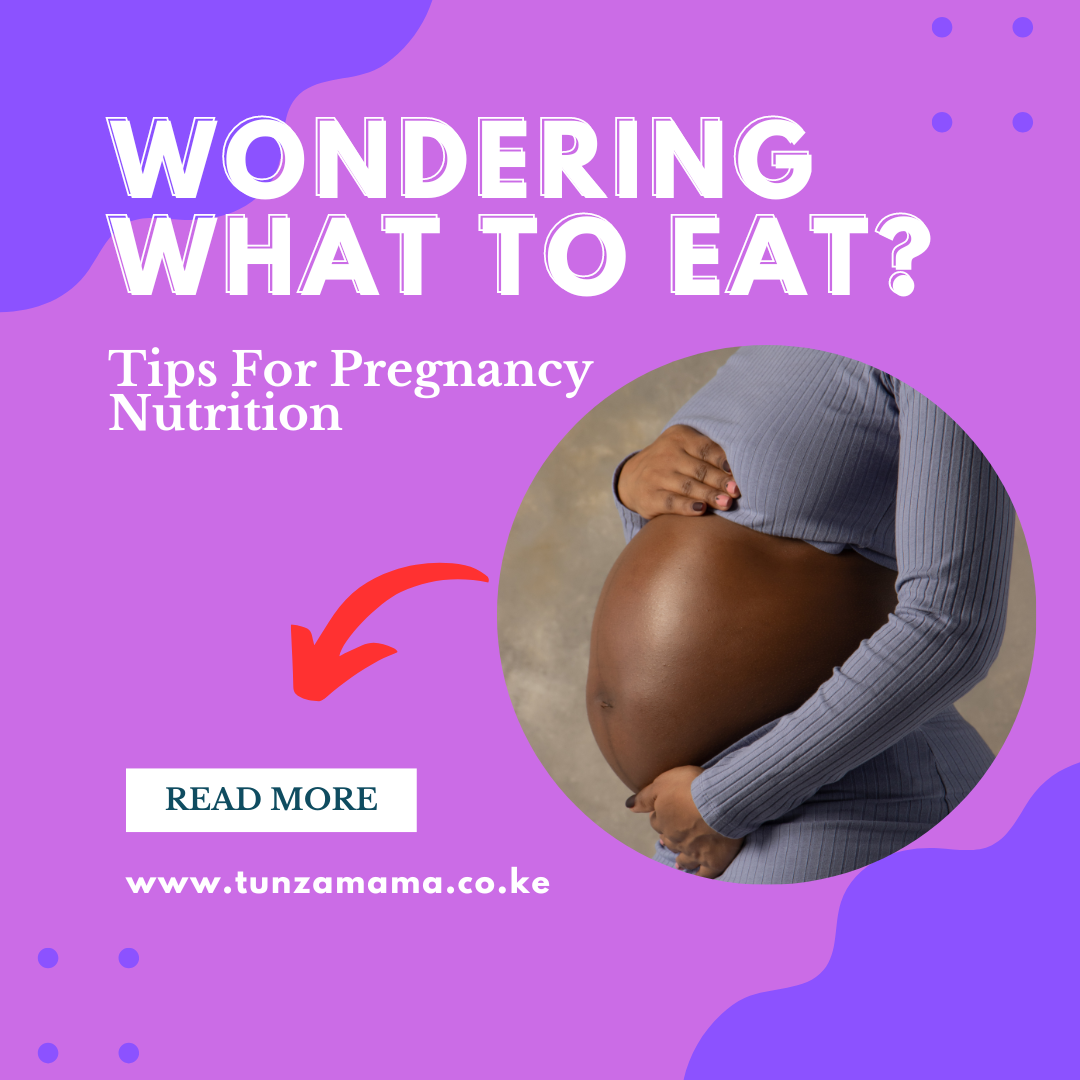Breastfeeding is simply defined as the normal way of feeding a baby (WHO, 2019). This natural form of feeding provides infants with nutrients that they need for healthy growth and proper development. Most importantly, breast milk provides ALL the nutrients that an infant needs in the first six months of life. The American Academy of Pediatrics recommends exclusive breastfeeding for the first six months, and thereafter, breastfeeding and complimentary feeding (AAP, 2019). This article looks at the basics of breastfeeding, the health benefits thereof, different breastfeeding positions as well as handy tips for new mothers.
Health benefits of breastfeeding
There are many health benefits of breastfeeding for both the baby and the mother.
Health benefits for the baby
- Breast milk contains ALL the nutrients that the baby needs for the first six months of life. It is also important to include the benefits of colostrum. Colostrum is the first form of milk – yellowish sticky breast milk that is often produced immediately following birth. Some moms may produce colostrum towards the end of the pregnancy.
WHO places an emphasis on newborns getting colostrum as soon as possible after birth. This is because colostrum is packed with antibodies that help strengthen the baby’s immune system. Research also shows that colostrum helps prevent jaundice and helps the newborn pass meconium (this is the first bowel movement a baby has, and which results in black poop). Colostrum also helps prevent low levels of blood sugar in newborns (American Pregnancy, 2018)
- Breast milk helps protect the infant from infections and diseases such as diarrhoea, respiratory tract infections, pneumonia among other diseases. Studies also show that breastfeeding is beneficial for the baby later in life, and thus provides a good foundation for the newborn’s health and development.
- Breast milk also quenches thirst, thanks to its unique composition. For this reason, babies do not need to take water in the first six months provided they are breastfeeding adequately.
- Breastfeeding aids jaw development in the babies, as well as other systems in the body.
Health benefits of breastfeeding for the new mother
- Mothers who are able to breastfeed are able to recover from childbirth faster. This is in part, because of the production of a hormone known as oxytocin. Oxytocin is released when a mother breastfeeds her child, and aids in the contraction of the uterus. This contraction helps the uterus get to its pre-pregnancy and reduces postpartum bleeding.
- Breastfeeding, according to the Pediatrics Journal, has also been linked to the reduced risk of cancer of the breast and ovaries.
- Breastfeeding is a wonderful opportunity to bond with the baby. Many mothers who are able to breastfeed get joy and fulfilment from the attachment they feel to the baby while nursing. This is also attributed to the release of feel-good hormones in the mother’s body, namely prolactin and oxytocin (whose additional benefits have been mentioned above). With the right support and environment to breastfeed well, mothers are also at less risk of Postpartum Depression.
- Breastfeeding has also been shown to help burn calories, and for many mothers, helps with the loss of weight gained during pregnancy.
Other practical benefits of breastfeeding include:
- Breastfeeding is cheap and convenient. It is easier to breastfeed, especially at night, than it is to get up and prepare formula. The same goes for travelling with the baby.
- Breastfeeding is environment-friendly as there are no bottles to clean or empty formula cans to throw away.
Getting started with breastfeeding
Breastfeeding ideally, should begin within an hour of childbirth. At this time, the breasts will produce colostrum as aforementioned. Over the first few days of breastfeeding, colostrum is replaced with mature breast milk that continues to provide the nourishment that baby needs. As the baby grows and their needs increase, they nurse more and this allows for the mother’s breasts to produce more milk.
In the days after birth, however, some moms may need the help of a lactation expert to provide guidance into proper attachment and positioning of the baby when nursing. Below is a guide that provides different breastfeeding positions for mother and baby. It is important to remember that both mother and child should be comfortable when nursing. Additionally, learning how to hold the baby comfortably takes time and requires practice.
Different positions for breastfeeding
Cradle position
This is the most common breastfeeding position. It requires the side of the baby’s head to lie in the crook of the arm. The baby’s belly faces the mother’s belly for proper support. The mother may use the other arm to support the baby’s lower body.
NOTE: This position may be difficult for women who have had a caesarean section as it exerts pressure on the abdominal muscles.
Football (or clutch) position
Just as the name suggests, this breastfeeding position involves tucking the baby under the arm, much like one would a football or clutch purse. The mother places the baby under her arm (on the side of the breast she will be nursing from). The baby’s nose should be at the same level with the nipple. The mother then places her arms on a pillow to support the baby’s body. This position works best with very tiny babies and newborns. It is also ideal for mothers who have delivered through a caesarean section as it eases pressure on the abdomen, as well as mothers of twins who’ll be breastfeeding both babies simultaneously.
The side-lying position
This breastfeeding position is one where the mother lies on the side to allow for easy nursing. It works particularly well for night nursing, and is ideal for mothers who have had an episiotomy done (An episiotomy is an incision that is made during birth to increase the vaginal opening and allow for the delivery of the baby).
The Koala hold
The koala hold, also known as the upright position, is whereby the baby straddles on the mother’s thigh so that they feed while upright. Ensure that the baby’s head is supported. This position is especially helpful for babies who experience reflux, as well as for active moms who nurse their babies on the go.
Tips for a smooth breastfeeding experience
- Ensure that you are comfortable and have adequate support especially for your back and arms. A comfortable seat, preferably one with armrests, pillows and a footrest go a long way when nursing.
- Provide support for the breasts as they tend to increase in size and weight for lactating mothers. During breastfeeding, the free hand supports the breast and assists the baby get a proper latch.
- Make sure that the baby is well supported by checking to see that the baby’s head, neck and back are in a straight line. Skin-to-skin contact also aids in the let-down of milk – just make sure that the baby is warm enough.
- Always bring the baby to the breast and not the other way round. This prevents the mother’s back from hunching over. This also helps the baby get latched correctly. Baby Center advises that with a proper latch, the baby’s lips should be turned out. Additionally, the baby should have taken in as much of the areola as possible and not the nipple only. The baby should also be suckling in deeply, and the mother should not experience extended discomfort or pain after the first few minutes of nursing (Baby Centre, 2019).
- Remember that breastfeeding takes a lot of patient practice. If you do not seem to get it right at the first try, there is no shame in asking for help.
Do you have any questions? For a more hands-on approach, contact Tunza Mama on 0794 092380 to get personalized care for you and your baby.
Bibliography
AAP. (2019). American Academy of Pediatrics. Retrieved 05 29, 2019, from Breastfeeding: https://www.aap.org/en-us/advocacy-and-policy/aap-health-initiatives/Breastfeeding/Pages/Benefits-of-Breastfeeding.aspx
American Pregnancy. (2018, May 05). American Pregnancy. Retrieved May 29, 2019, from Breastfeeding: https://americanpregnancy.org/breastfeeding/colostrum-the-superfood-for-your-newborn/
Baby Centre. (2019, April). Breastfeeding Basics. Retrieved June 03, 2019, from Baby Centre: https://www.babycenter.com/0_positions-and-tips-for-making-breastfeeding-work_8784.bc
WHO. (2019). Breastfeeding. Retrieved 05 29, 2019, from World Health Organization: https://www.who.int/topics/breastfeeding/en/



Breastfeeding Positions – Tunza Mama
[…] Breastfeeding provides a healthy foundation for baby and allows bonding between mother, baby and the family. We have shared on breastfeeding in this post, please check it out here. […]